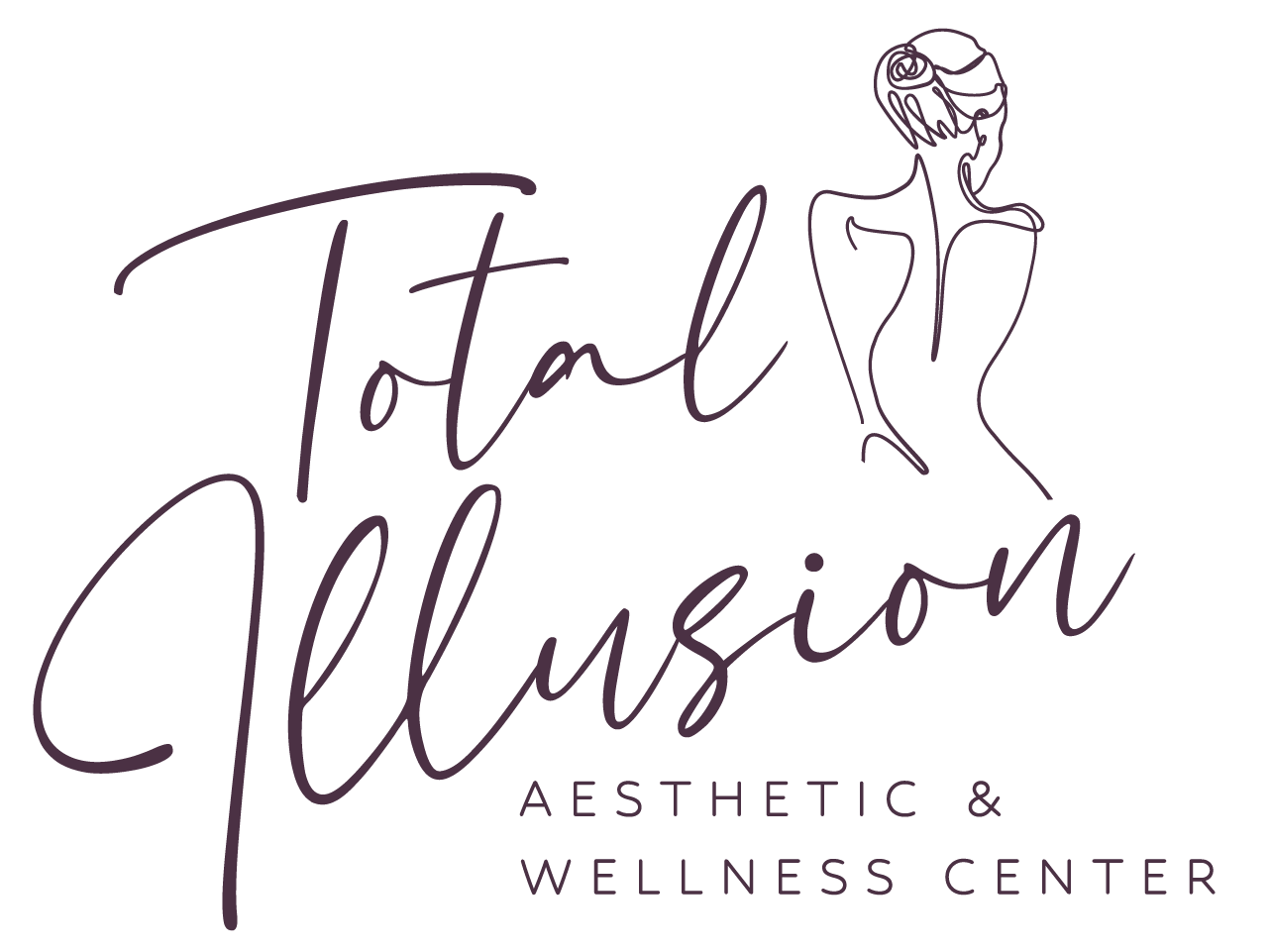The Truth in Skincare: What the 1% Line Really Means
If you’ve ever flipped over your favorite skincare product and tried to decode the ingredients list, you may have assumed that everything is listed in order from most to least. That’s only partially true—and it’s where the “1% line” comes in.
Let’s break down what this industry rule means, and how it affects the way you choose skincare products.
🧴 What Is the 1% Line?
By law, skincare and cosmetic products are required to list their ingredients in descending order of concentration—but only down to 1%.
Once a formulation reaches ingredients that are present at 1% concentration or lower, brands are allowed to list those remaining ingredients in any order they want.
This is known as the 1% line.
🧪 Why Does It Matter?
It means that everything listed after the 1% line may be:
In very small concentrations
Listed out of order for aesthetic or marketing purposes
Sometimes included just for label appeal, not efficacy
For example: A popular serum may proudly display “Green Tea Extract” near the end of the list—but if it’s below the 1% line, it’s likely doing very little for your skin, especially if not paired with effective percentages or delivery systems.
⚠️ Marketing vs. Science
Unfortunately, this loophole can lead to misleading product claims. Brands can:
Highlight trendy actives (like peptides or botanical extracts) even if they’re barely present
Group fragrance and preservatives in a way that hides potential irritants
Appear more “natural” or “active-rich” than they actually are
This makes it hard for consumers to judge what’s truly effective based on the label alone.
🧠 How to Read Between the Lines
Here are a few smart tips when evaluating an ingredients list:
Know the Actives That Matter
Look for clinically-backed ingredients (like retinol, niacinamide, vitamin C, hyaluronic acid)
Research their effective concentration range—1% or higher is often needed for results
Watch for Label Tricks
If a buzzy ingredient is buried at the end, it’s probably under 1%
Don't assume more ingredients = more effective
Fragrance and Sensitizers
Fragrance is often found below the 1% line—but even trace amounts can irritate sensitive skin
Trust Brands That Disclose Percentages
Some brands are transparent about concentrations—this builds trust
✅ Bottom Line
The 1% line isn’t inherently bad—it allows formulators to use powerful ingredients at safe, effective levels. But it’s important to understand what it means so you can make informed choices.
Don’t be swayed by flashy front-label claims. Instead, educate yourself on ingredient function, optimal concentrations, and brand transparency.
Because when it comes to skincare, it’s not just what’s in the product—it’s how much of it is actually doing the work.



